

Come in front of the Beckham auditorium at 6:45pm to play a game of catching cosmic fireworks, learn how we tell what is real or bogus in astronomical images, learn how we scan the sky with our robotic telescope and more.
The Zwicky Transient Facility has made an impressive number of cool discoveries since it started operations in 2018. You can learn about many of them in a series of posters prepared by the young astronomers in our team
Prof. Shri Kulkarni will deliver the 101st edition of Caltech's Watson Lecture Series. He will take the audience on a journey of the creating of the Zwicky Transient Facility - a robotic telescope that scans the whole Northern sky every two days. ZTF has proven to be a fantastic discovery machine revealing an impressive number of exciting cosmic phenomena.
A high school student from Palo Verdes High School has created a celestial symphony using real data for ~8000 supernovae events from the Zwicky Transient Facility survey. Come and enjoy the music topped with a video displaying all these supernovae on the night sky.
ZTF detects hundreds of thousands of object every night in our images. Unfortunately, a large fraction of these detections aren't real but only artefacts of the image processing. Telling real from bogus objects is the very first step to discover new objects in our night sky. In this interactive demo, the audience can get a feel of what data and what steps astronomers use to filter out the bad data "automagically" using AI.
Live demonstration of how a massive star dies. When it collapses on its own weight it launches a supernovae explosion that our telescopes can detect. A basketball and a tennis ball. are dropped together. When the basketball hits the ground (core-bounce) the tennis ball is sent flying (supernovae shock wave).
Astronomers are looking for very elusive events when two extremely dense objects called neutron stars collide. When they do so, they first send out gravitational waves which we can now detect with some of the most sophisticated instruments in the world such as LIGO and VIRGO. But these are not so good at letting us exactly where in the sky the event took place so once LIGO/VIRGO sent out an alert astronomers jump to try to locate the event in the sky. Doing this fast is critical. Come and check out how ZTF astronomers tackle this search.
Turning scientific data into music, or sonification is an increasingly popular way to engage audiences with scientific data. In this high school project, Vanya Agrawal used astronomical data from ~8000 supernovae classified by ZTF's Bright Transient Survey and turned their characteristics such as maximum luminosity, type, etc into musical features such as volume, instrument type, etc. Stop by this poster, learn more and listen to the last songs of dying stars.
What if you lived on a star where a marble-sized amount of its material weighed as much as an airplane? Or where a house-sized amount of it weighed as much as Mount Everest? I’ll be sharing my work on some of the most extreme stars in space, known as white dwarfs. Our Sun will eventually turn into one, and they made of matter a million times more extreme than we can produce on Earth. Some of these stars have magnetic fields almost a billion times stronger than that of Earth. I will demonstrate what makes those stars so extraordinary, yet how their strong magnetism actually makes them easily discoverable using the Zwicky Transient Facility.
How do astronomers classify supernovae? What kinds of stars produce the diversity of supernovae exposions observed by ZTF? Check out this poster for an overview of supernovae classifications and an introduction to the physics underlying each type, including a live demonstration of the type of supernovae produced when a massive star (more than 8 times the mass of our own Sun!) explodes.
What would happen if a star eats up one of its planets? What if it eats up a tiny star orbiting around it? Check out this poster to learn about the spectacular cosmic explosions that we discover using ZTF that come from planet-star or star-star mergers.
Some of the most energetic explosions in the universe involve the death of stars. In these cataclysmic events, a jet of gamma-ray radiation forms after either the collapse of a massive star or, perhaps the merger of two neutron stars. In any case, the jet drills through the surrounding material, travels millions of light-years and reaches the Earth. With the ZTF we are in the hunt for the optical counterpart of these gamma-ray bursts (GRBs) and we have found events that challenge the current understanding of GRB physics.
Every night, ZTF emits hundreds of thousands of "alerts", new objects detected in its images in real . After passing several layer of filtering, astronomers need to manually look at the data and decide which objects are worth gathering additional data for, hoping to discover their nature. Thanks to Machine learning, modern astronomy can automate this process by allowing a machine to replicate the thought process of a real astronomer. This poster tells the story of the first ever fully automatically discovered supernova.
What is the fate of planets in our solar system? As stars like our Sun evolve into red giant phases, their planetary systems are thrown into turmoil. Close-in planets are engulfed and destroyed while distant planets may experience orbital migration, in some cases being ejected from the system. Still, some planets \ survive all the way to the star's white dwarf stage. This poster will present the methods we use to detect signposts of remnant planetary systems around white dwarf stars using ZTF.
This poster will feature how ZTF conducts its real-time searches for light from events that we first detect with gravitational wave detectors. How do we know where to look for the light in the sky? Stop by and learn how we know if the light we see is from the same event and how we organize an army of telescopes around the world to conduct the search.
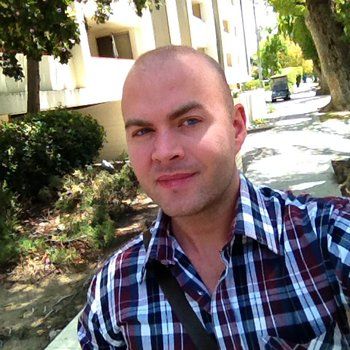
C. Fremling is a staff astronomer at Caltech working on the ZTF Bright Transient Survey. C. Fremling is passionate about Supernovae and electric guitars.
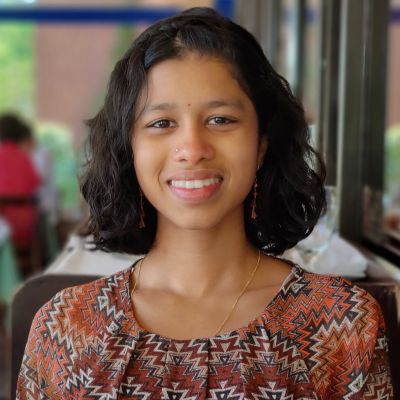
Shreya Anand is a PhD student at Caltech working on Multi messenger astronomy with ZTF. She is passionate about mentoring, creative writing, and outdoor activities.
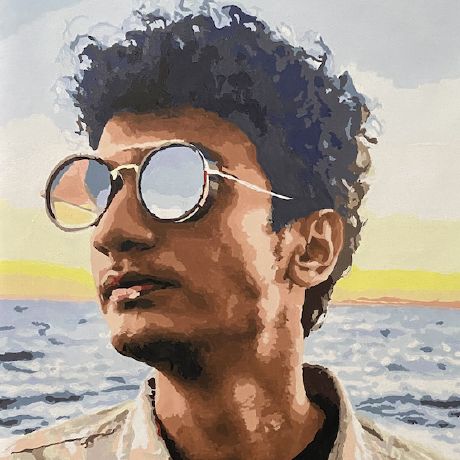
Viraj Karambelkar is a PhD student at Caltech working on merging stars and passionate about badminton.
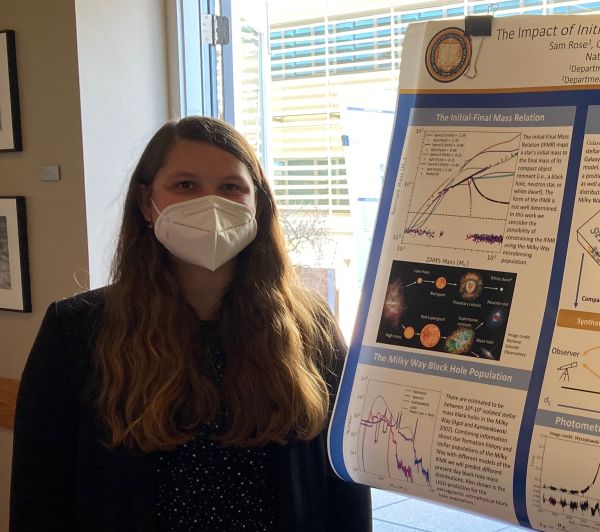
Sam is a graduate student at Caltech studying the production of dust in supernovae and other astronomical explosions. When not working on science Sam enjoys reading cheesy sci-fi novels, the beach, and reading cheesy sci-fi novels at the beach.

Tomas is a postdoctoral fellow at Caltech.

Zach is a postdoctoral fellow at Caltech.

Theophile du Laz is a staff computer scientist at Caltech working on building software to help astronomers with their research and passionate about automating discoveries.

Robert is a postdoc at Caltech.

Tony Rodriguez is a fourth year PhD student working with Shri Kulkarni on demographics of binary stars in orbits so short that X-rays are emitte

Yu-Jing is a postdoctoral fellow at Caltech.

Matthew Graham is a research professor at Caltech and the project scientist for the Zwicky Transient Facility.
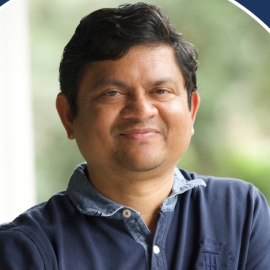
Dr Ashish Mahabal is an astronomer and the Deputy Director of the Center for Data Driven Discovery. He is also a science fiction author and one of his stories appears in the Caltech anthology 'Inner Space and Outer Thoughts'.